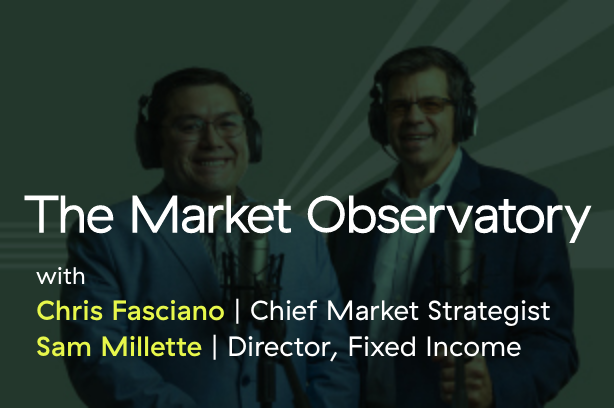My son, Jackson, is almost six, and we are starting to have conversations about what Daddy does for work. Since he is also at the age where we spend an inordinate amount of time talking about good guys versus bad guys—particularly in the context of Star Wars—this also tends to bleed over into other areas. So, of course, it got me thinking about where we, as an industry, stand.








